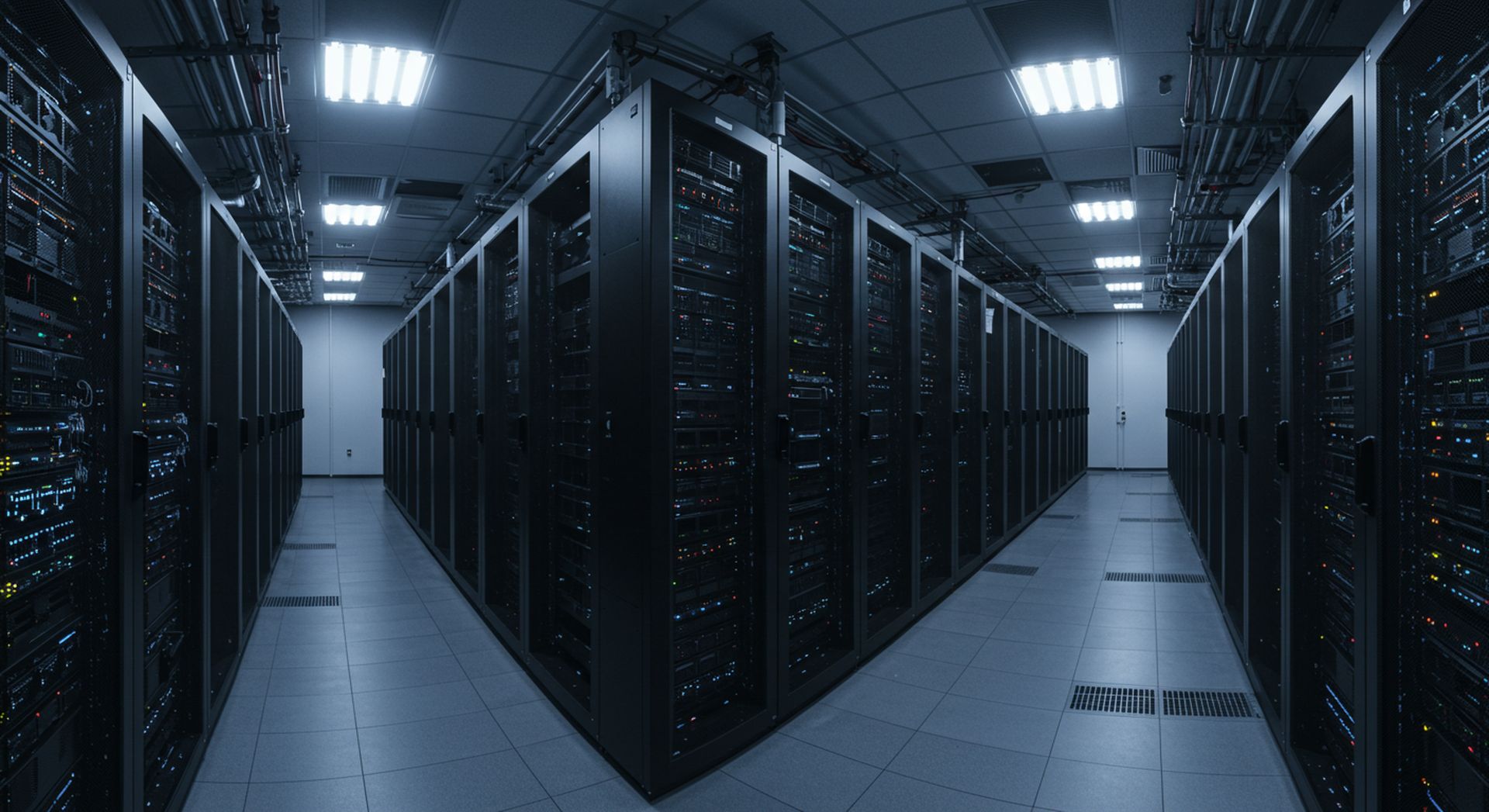IEA warns: AI could double global data center energy use by 2030

Artificial intelligence might be the next big thing in clean energy or the next big problem. The International Energy Agency (IEA) has released its first major report on how the AI boom is reshaping global electricity demand, and the numbers are staggering.
The headline? By 2030, data centers, supercharged by AI workloads, are projected to consume as much electricity as Japan does today. That’s roughly 945 terawatt-hours annually, with AI responsible for more than half of that growth.
The power problem nobody wants to talk aboutThe IEA’s report confirms what many feared: data centers, once a relatively quiet corner of energy consumption, are becoming global power hogs. Some of today’s facilities already use as much electricity as 100,000 households. The hyperscalers of the next decade? Expect 20 times that.
In the US alone, data centers could account for almost half of all new electricity demand through 2030 — eclipsing even the power needs of traditional heavy industries like steel and cement combined.
But the report isn’t all doom. The IEA argues that AI might also be key to solving energy efficiency challenges. From optimizing power grids and weather forecasting for renewables to detecting infrastructure leaks or designing energy-saving materials, AI could become a critical climate tool — if governments set the right conditions.
“AI is a tool, potentially an incredibly powerful one, but it is up to us – our societies, governments, and companies – how we use it,” said IEA Executive Director Fatih Birol.
Still, some experts aren’t buying the optimism wholesale. Claude Turmes, Luxembourg’s energy minister, slammed the IEA’s framing as “a welcome gift” to US tech giants, accusing it of downplaying the scale of the problem and avoiding hard policy recommendations.
And researchers like Alex de Vries from VU Amsterdam believe the IEA is underestimating AI’s energy hunger. He told Nature that the rise of AI could soon account for a “serious risk” to climate goals, suggesting AI’s share of global electricity use will hit several percentage points — a significant burden on energy systems already struggling with decarbonization.
How data centers are trying to copeIn the meantime, some cooling and efficiency innovations are gaining attention. Startups like Asperitas (Netherlands), Submer (Spain), and Iceotope (UK) are experimenting with immersion cooling to reduce heat waste. Others, like UK’s DeepGreen, are exploring ways to reuse data center heat for district heating or industrial processes.
But these solutions, while promising, are nowhere near the scale needed to offset the projected surge in energy use from AI-driven workloads.
The IEA’s report makes one thing clear: the world is heading toward an energy future where AI both worsens and potentially solves its own emissions problem. By 2030, data centers are expected to source about 50% of their power from renewables — with the rest coming from a mix of coal, nuclear, and natural gas. But even that transition depends heavily on investments in grids, new power plants, and smarter regulations.
At the same time, AI itself is becoming integral to the energy sector’s operations. Power companies are using AI not just to balance demand or integrate renewables, but also to defend against increasingly AI-powered cyberattacks — which the IEA says have tripled in the past four years.
The future impact of AI on emissions, the IEA concludes, won’t be determined by technology alone. It’ll depend on whether governments, industry, and regulators can guide its rollout intelligently — incentivizing efficiency over waste, innovation over unchecked growth.
Otherwise, the world might end up with AI powerful enough to design new clean energy systems — while simultaneously burning through more electricity than entire nations just to answer your next prompt.
